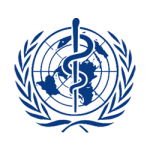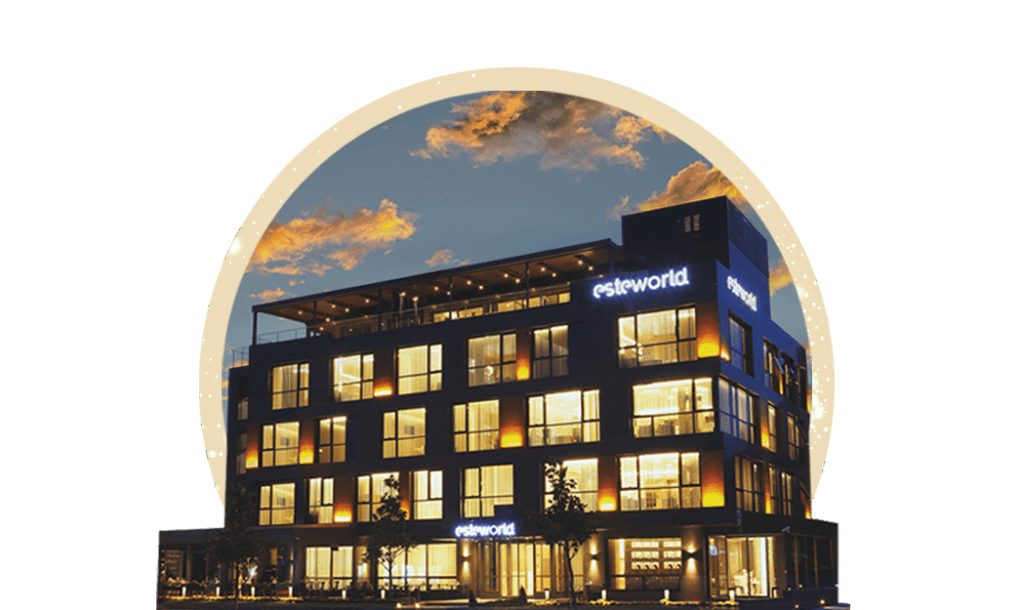What is Hair Transplant Donor Area?
The donor area of hair transplantation is the occipital region located at the back of the head and this area is called the place where the grafts are taken in the hair transplant operation. Grafts are hair follicles that are taken from the donor area and contain a small part of the scalp and usually contain 1 to 4 hair strands.
The donor area is preferred because of its high hair density. This area is usually permanent as it is not sensitive to the hormones responsible for hair loss and therefore the back area (occipital and temples) is not touched. However, the width of this area may vary from individual to individual.
Some of the hair of people who want hair transplantation is taken from the donor area and transplanted to the area with baldness problem. The transplanted hair may be genetically predisposed not to fall out. However, it is important to take the right precautions for a successful hair transplant. Samples should be taken correctly, the roots should be well protected and the transplantation process should be carried out with great care.













